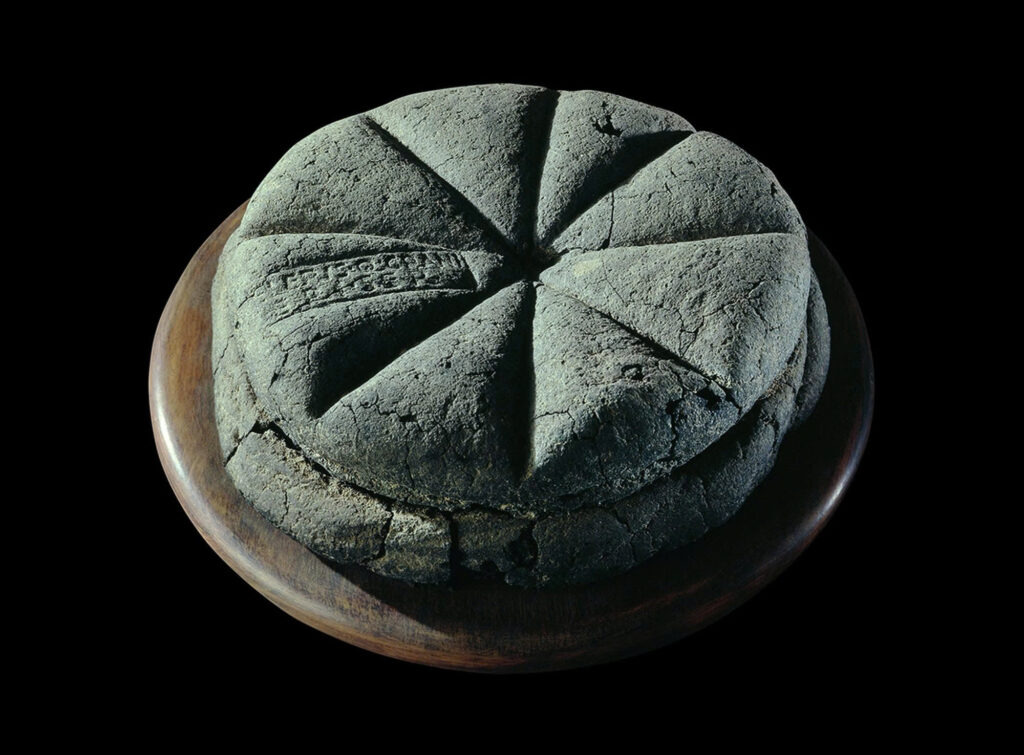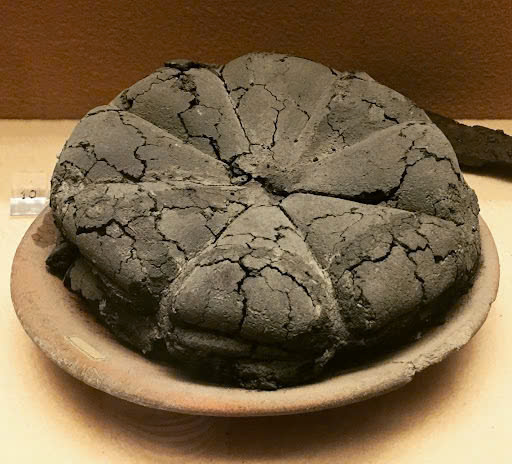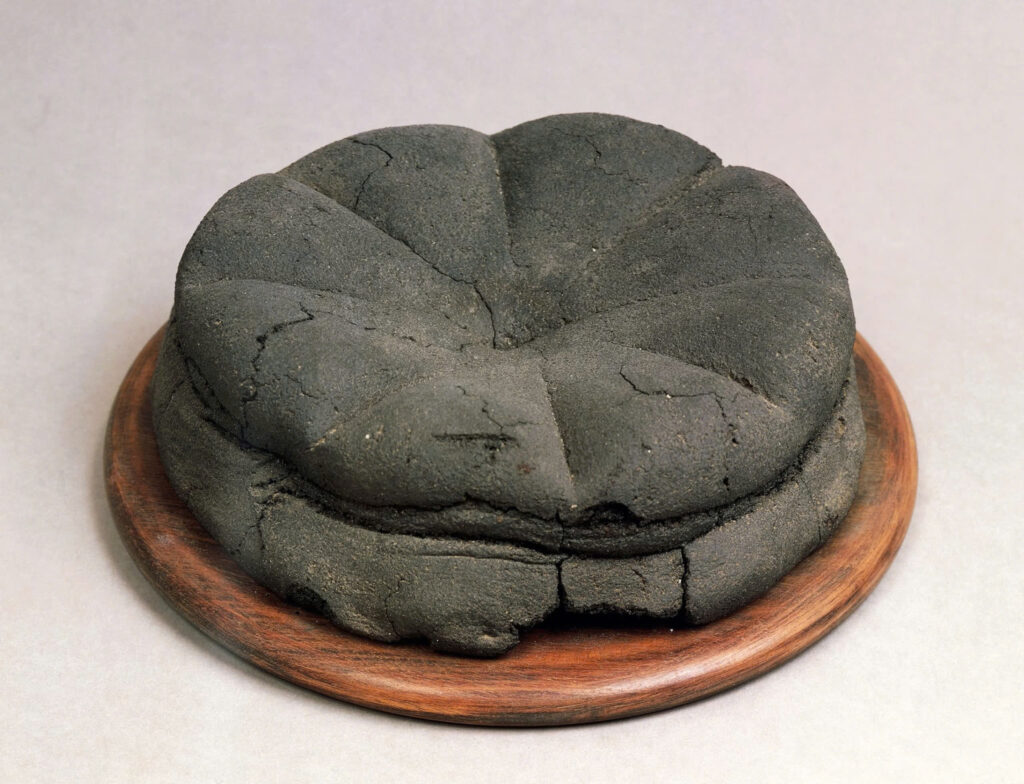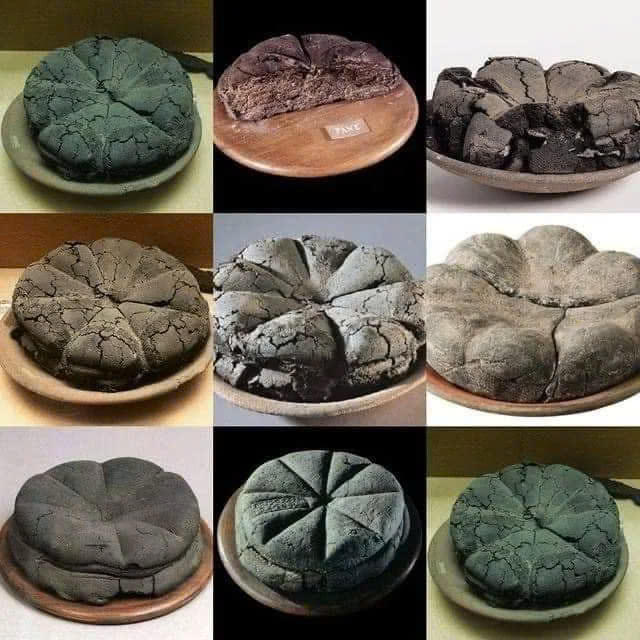When Mount Vesuvius erupted in 79 AD, it not only buried the cities of Pompeii and Herculaneum but also preserved a remarkable piece of history – loaves of bread that would tell stories of Roman life for generations to come. Among the countless artifacts discovered in these ruins, the carbonized loaves of bread stand as silent witnesses to daily Roman life, frozen in time by nature’s fury.
The Miraculous Preservation

The violent eruption that devastated these ancient cities created perfect conditions for preservation. As volcanic materials engulfed the area, the intense heat rapidly carbonized organic matter, including loaves of bread. This natural process essentially transformed the bread into charcoal-like substances, preventing decomposition and preserving their shape and detail for nearly two millennia.
The Baker’s Art in Ancient Rome

These preserved loaves reveal fascinating details about Roman baking techniques. Each round loaf, measuring approximately 20 cm in diameter, was carefully divided into eight segments, reminiscent of modern pizza. Perhaps most intriguing are the visible impressions of strings used to tie the bread before baking – a sophisticated technique that ensured even rising during the baking process.
Life and Death in Ancient Roman Cities
Daily Bread, Daily Life
The discovery of these loaves provides invaluable insights into Roman culinary customs. Found in both private homes and commercial bakeries, sometimes still in their ovens, they paint a poignant picture of life suddenly interrupted. The presence of bread throughout both cities underscores its fundamental role in Roman society, serving as a dietary staple that sustained the population.
A Moment Frozen in Time
The locations where these loaves were found – in ovens, on shelves, and in shops – tell a haunting story of the disaster’s suddenness. Citizens had no time to retrieve their food or flee, leaving behind these everyday items that would become extraordinary historical artifacts.
Modern Connections to Ancient Flavors

Today, these ancient loaves continue to inspire. Modern bakers and archaeologists have attempted to recreate these breads using historical recipes and techniques documented in Roman texts. These experiments not only bring history to life but also help us understand the tastes and textures familiar to ancient Romans.
A Legacy in Charcoal
The carbonized loaves of Pompeii and Herculaneum represent more than just preserved food – they are tangible connections to our ancient past. Their remarkable preservation offers both historical insights and an emotional link to people who lived two millennia ago, making them one of archaeology’s most fascinating discoveries.

These humble loaves, transformed by tragedy into eternal artifacts, continue to captivate historians and the public alike, reminding us that even the most ordinary aspects of daily life can become extraordinary windows into history.

